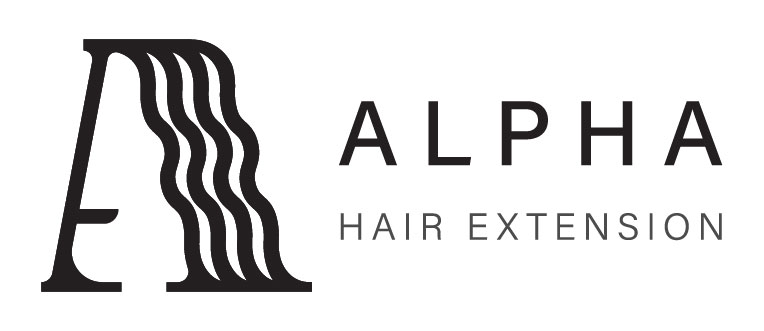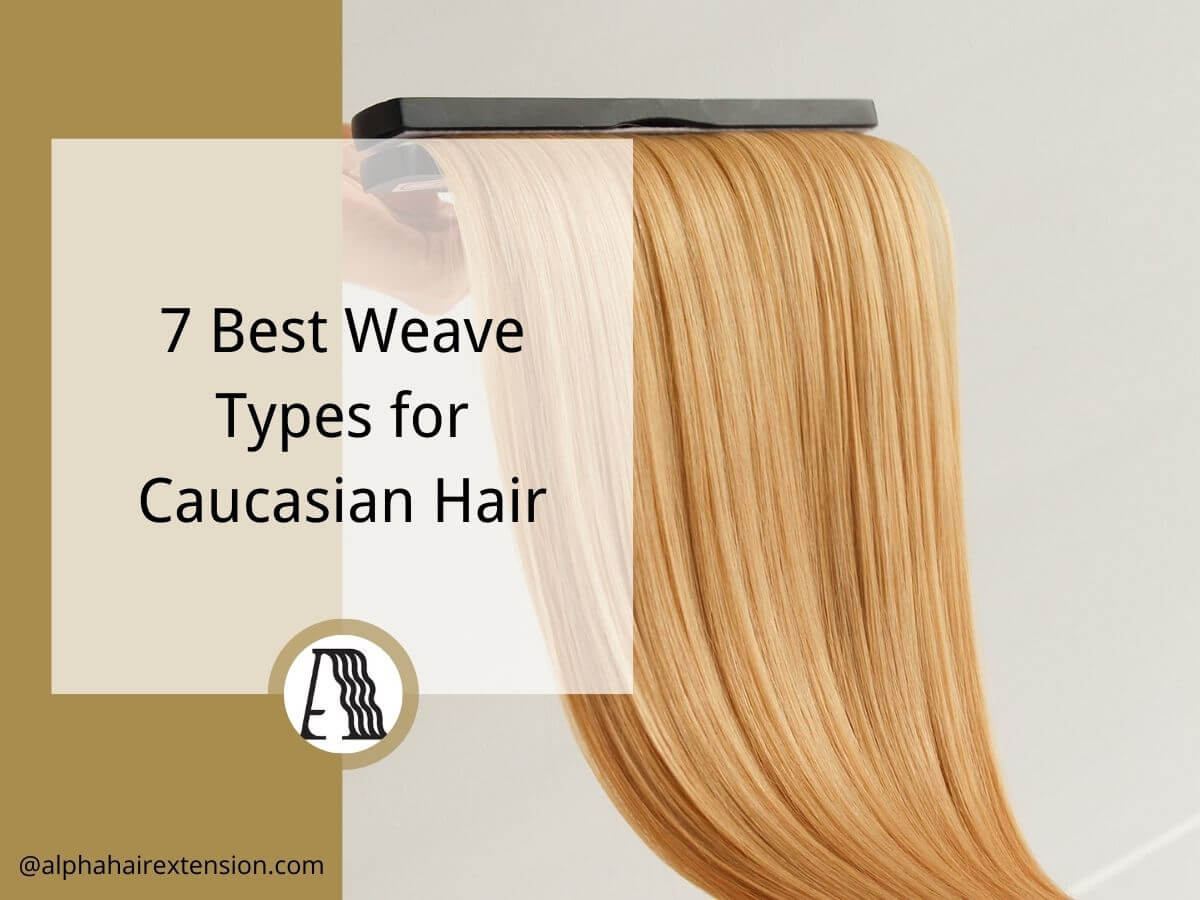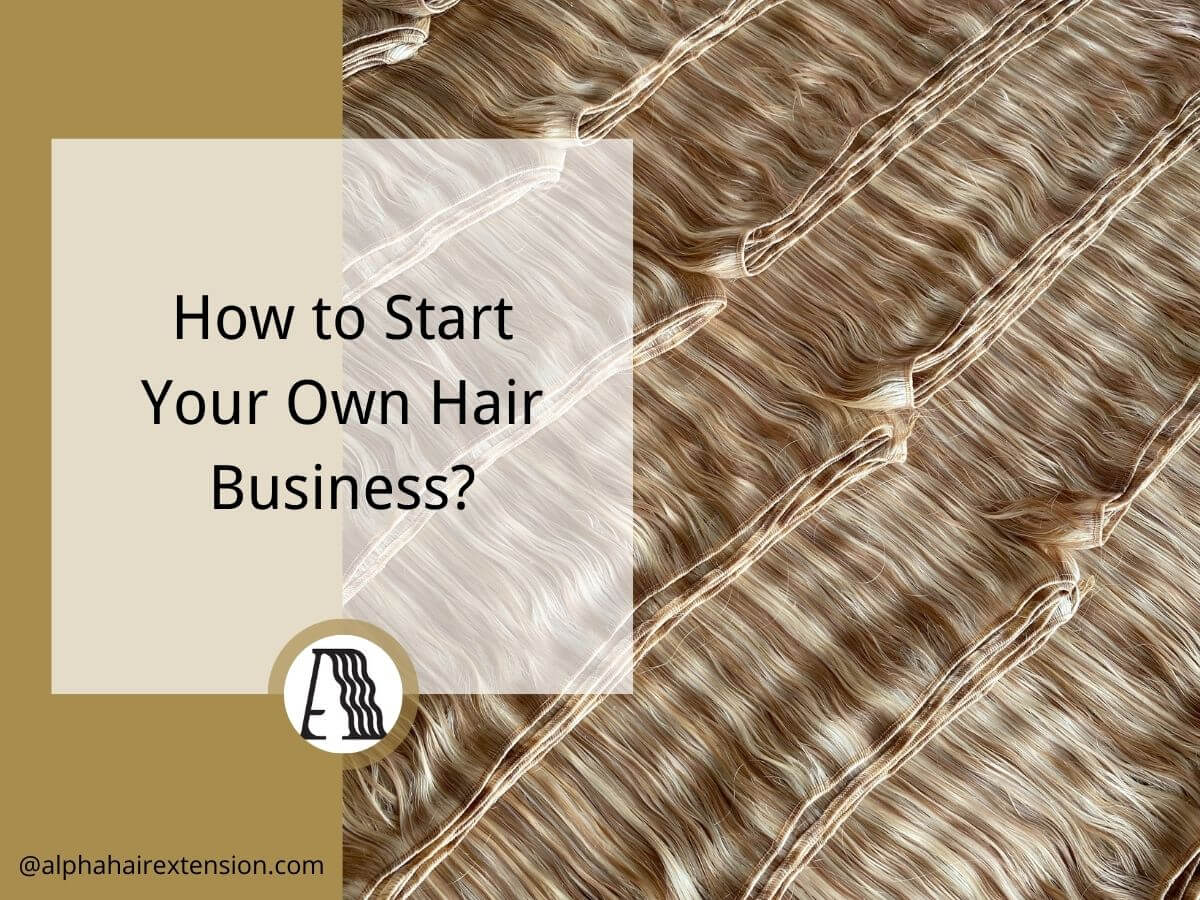A client once asked me which was better—I-Tip or Keratin extensions. I hesitated. Not because I didn’t know, but because the answer wasn’t simple. It depended on their needs, budget, and business goals.
If you’re sourcing hair extensions for your business, you’ve probably faced the same dilemma. Each method has strengths, but choosing the wrong one can impact customer satisfaction and retention.
After years of working in the hair industry, testing different application methods, and speaking with manufacturers, I’ve seen what works—and what doesn’t. This comparison is based on real experience, not marketing claims.
In this article, I’ll break down the key differences between I-Tip and Keratin extensions, covering durability, application, and business profitability. By the end, you’ll know exactly which option aligns with your business needs.
So, let’s dive in!
1. What Are I-Tip Extensions?
I still remember the first time I worked with I-Tip extensions. A salon owner was struggling with clients who wanted long-lasting extensions without the commitment of glue or heat. That’s when we introduced I-Tips, and suddenly, her business started attracting more high-end clientele.
I-Tip extensions are individual strand extensions that use small beads or micro-rings to attach to the client’s natural hair. Unlike traditional bonding methods, I-Tips don’t require heat or glue, making them a popular choice for clients looking for a non-damaging option. They are typically made from 100% Remy human hair, ensuring natural movement and durability.
Advantages of I-Tip Extensions
- Reusable and Cost-Effective – I-Tip extensions can be removed and reinstalled multiple times, providing excellent long-term value. Clients can maintain their extensions without frequently purchasing new sets, making them a great investment.
- No Heat or Glue Required – Unlike other methods, I-Tips don’t use heat or adhesives, reducing the risk of damage to natural hair. This makes them an ideal option for clients with fragile or fine hair who need a gentler solution.
- Lightweight and Comfortable – The bead attachment method keeps these extensions feeling light and natural on the scalp. Clients often report minimal discomfort and greater flexibility compared to other extension types.
- Versatile Styling Options – Since they move more freely than bonded extensions, I-Tips allow for easy hairstyling. Whether clients want to curl, straighten, or put their hair up, these extensions blend seamlessly with natural strands.
Challenges of I-Tip Extensions
- Frequent Maintenance Required – Beads can slip down as the client’s natural hair grows, requiring touch-ups every 6-8 weeks. Clients must commit to regular salon visits to keep their extensions looking fresh.
- Potential Bead Visibility – In clients with very fine or thin hair, the microbeads may become slightly visible, especially when hair is styled up. Proper placement and expert installation are crucial to avoiding this issue.
- Time-Consuming Application – Applying I-Tip extensions can take between 1.5 to 3 hours, depending on the number of strands used. This makes them a more involved service that requires skilled hands.
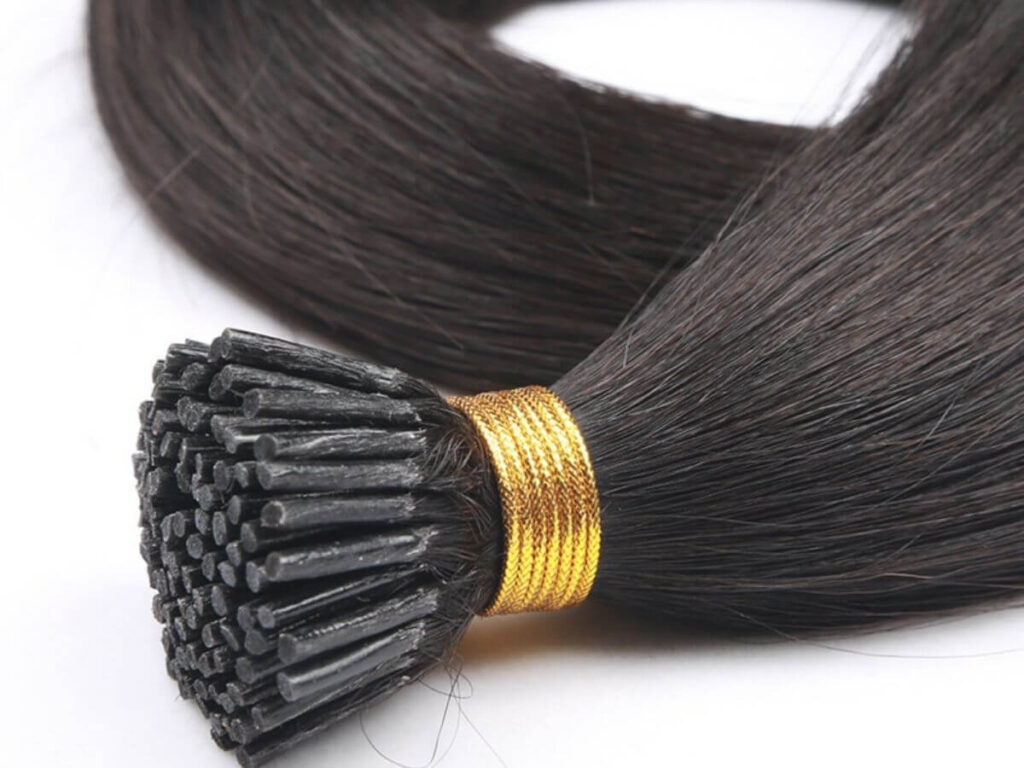
2. What Are Keratin Extensions?
When I first introduced Keratin extensions to a salon partner, she was hesitant. “Aren’t these too much maintenance?” she asked. But once she saw how seamlessly they blended and how much clients loved the results, she knew it was a game-changer.
Keratin extensions, also known as fusion or bond extensions, are applied using keratin bonds that are melted onto the natural hair using a heat tool. These bonds mimic the protein found in natural hair, creating a secure, long-lasting attachment. They are virtually undetectable and offer a seamless, natural look, making them a top choice for premium salons catering to high-end clients.
Advantages of Keratin Extensions
- Extremely natural-looking – Keratin bonds blend seamlessly into natural hair, creating a virtually invisible attachment. They are perfect for clients who want a flawless, undetectable finish.
- Long-lasting wear – These extensions can last anywhere from 3 to 5 months with proper care. Clients who prefer minimal upkeep and don’t want frequent salon visits often opt for keratin bonds.
- Ideal for thick or coarse hair – The bonding method ensures strong attachment, making it a great option for clients with heavy or coarse hair. The bonds distribute weight evenly, reducing strain on natural strands.
- Minimal maintenance between appointments – Unlike I-Tips, keratin bonds do not slip and do not require tightening. Clients can enjoy their extensions without needing frequent touch-ups.
Challenges of Keratin Extensions
- Not reusable – Once keratin bonds are removed, they cannot be reused. This means clients need to purchase a new set every time they want to reapply extensions.
- Time-intensive installation – Application can take between 3 to 6 hours, as each strand is bonded individually. This makes the process lengthy and requires significant time commitment from both the stylist and the client.
- Heat exposure during application – Since keratin bonds require heat for installation, they may not be suitable for clients with delicate or damaged hair. The heat process can sometimes weaken already fragile hair strands.
- Oil and heat-sensitive bonds – Clients must avoid oil-based hair products and excessive heat styling, as these can weaken the keratin bonds over time. This requires careful product selection and at-home maintenance to prolong the life of the extensions.
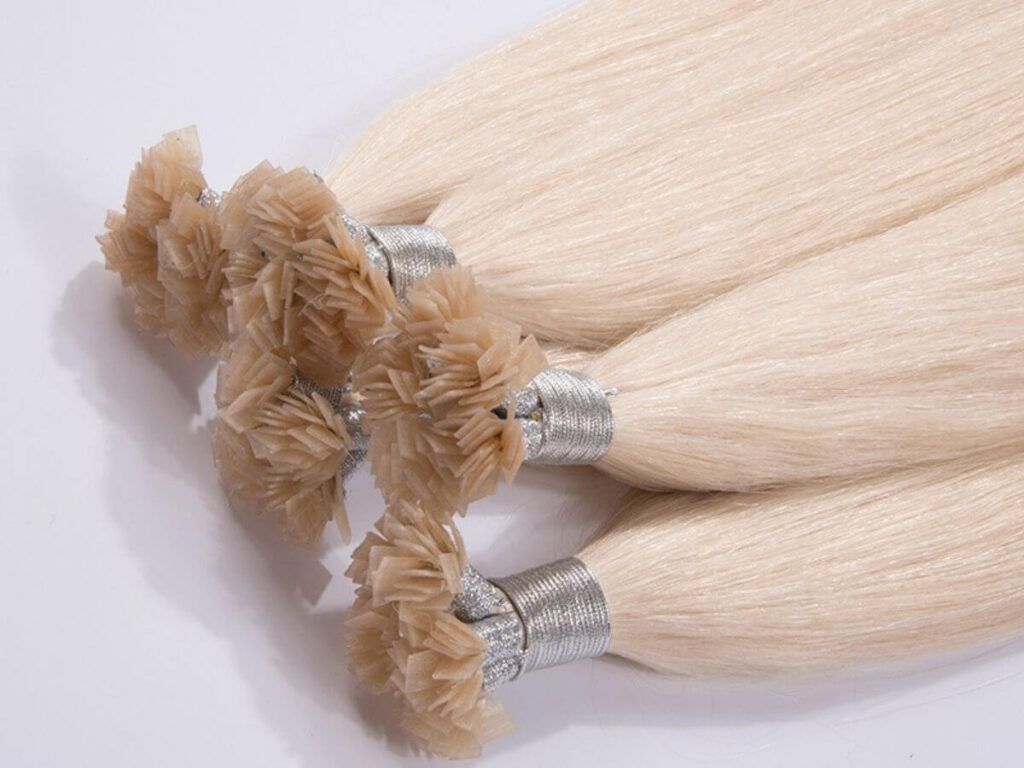
3. Key Differences Between I-Tip and Keratin Extensions
Selecting the right type of hair extension is essential for both stylists and business owners. Each method has unique benefits and challenges that can impact the longevity, maintenance, and client satisfaction. Below is a comparison table to help you determine which option best suits your needs.
| Feature | I-Tip Extensions | Keratin Extensions |
| Application Method | Installed using microbeads or rings; no heat or glue required. | Fused with a heat tool using keratin bonds for a seamless blend. |
| Installation Time | 1.5 to 3 hours, depending on stylist expertise. | 3 to 6 hours, as each strand is individually bonded. |
| Client Comfort & Maintenance | Requires maintenance every 6-8 weeks; beads may slip over time. | Minimal maintenance, but heat and oil-based products should be avoided. |
| Longevity & Reusability | Reusable; can be removed and reinstalled with new beads. | Not reusable; once removed, a new set is needed. |
| Ideal Client Base | Clients looking for flexibility and a no-heat/no-glue method. | Clients seeking a long-lasting, undetectable solution, especially those with thick hair. |
| Pricing & Business Profitability | Mid-range pricing; offers long-term value due to reusability. | Premium pricing; higher profit margins due to specialized application. |
4. 4 Tips to Consider When Choosing the Right Extension Type for Your Needs
With so many extension options available, making the right decision for your salon or business can feel overwhelming. Below are some important considerations to guide your choice:
#1 Know Your Client Base
Consider the hair type and lifestyle of your clients. Those with fine hair might struggle with I-Tips, while those with thick hair might prefer Keratin bonds. Additionally, understanding your clientele’s styling habits can help you suggest the most suitable extension type for their needs. Consider the hair type and lifestyle of your clients. Those with fine hair might struggle with I-Tips, while those with thick hair might prefer Keratin bonds.
#2 Consider the Skill Level of Your Stylists
Not all stylists are trained in keratin bond application, which requires precision and expertise. I-Tips are easier to install with minimal training, making them more accessible for newer stylists. Not all stylists are trained in keratin bond application, which requires precision and expertise. I-Tips are easier to install with minimal training, making them more accessible for newer stylists.
#3 Think About Business Profitability
While Keratin extensions command a higher price, they require longer installation times and are not reusable. I-Tips offer more flexibility and can be reused, making them an attractive option for budget-conscious clients. Balancing high-end services with affordable options can help maximize your salon’s revenue potential.
While Keratin extensions command a higher price, they require longer installation times and are not reusable. I-Tips offer more flexibility and can be reused, making them an attractive option for budget-conscious clients.
#4 Assess Maintenance Requirements
Clients who don’t want frequent salon visits will appreciate Keratin extensions, which last for months with little upkeep. I-Tip wearers need maintenance appointments every 6-8 weeks to keep them in place. Educating clients about proper aftercare ensures their extensions remain in the best condition for as long as possible.
Clients who don’t want frequent salon visits will appreciate Keratin extensions, which last for months with little upkeep. I-Tip wearers need maintenance appointments every 6-8 weeks to keep them in place.
Conclusion
You started this journey wondering which is better—I-Tip or Keratin extensions.
Now, you have the facts.
I-Tips offer reusability and flexibility, while Keratin extensions provide a seamless, long-lasting look. Each has its strengths, depending on your business model and client needs.
So, what’s your next move? Are you ready to elevate your salon with the best extension method?
Alpha Hair Extension is here to help. Let’s talk about your business goals and find the perfect solution for you.
Contact us today!
Explore More Helpful Resources
Want to see more products? We’ve got plenty of options that might just be the perfect fit for you:
Still haven’t found what you’re looking for? Don’t hesitate to contact us. We’re available around the clock to assist you.
